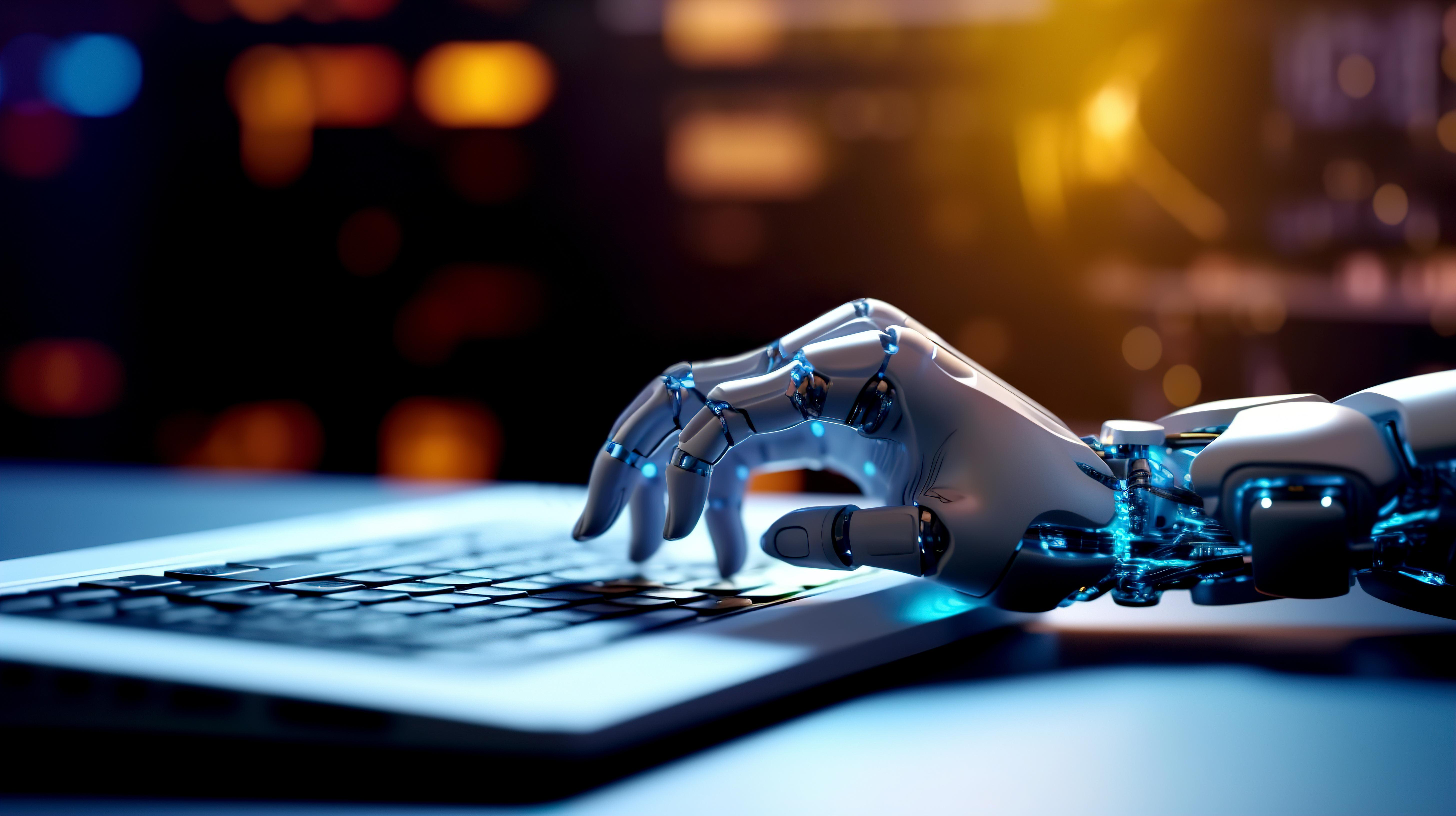What is Generative AI?
Generative AI is a kind of artificial intelligence focused on producing fresh, original material. This can cover text, photos, videos, music, and even software code. It works using sophisticated machine learning models, particularly deep learning models, which are algorithms meant to replicate human brain learning and decision-making.
These algorithms learn on big datasets to identify links and trends in the data. They then create material pertinent to a user's prompt or request using this knowledge. When you give a generative artificial intelligence a prompt, for instance, it may generate an essay, a poem, or perhaps a piece of code never seen before.
Current Landscape of GenAI
As of mid-2024, Generative AI (Gen AI) presents a scene marked by a notable rise in adoption and the realization of corporate value across many sectors. Some salient features of the most recent insights are as follows:
Adoption and Impact: Nearly twice the number from ten months ago, 65% of respondents to a McKinsey Global Survey say their companies are routinely utilizing Gen AI. Globally, more than two-thirds of respondents in almost every area use artificial intelligence, indicating this increasing acceptance of technology.
Trend and Popularity: Advanced neural networking techniques and easier availability of models and processing capability help to explain Gen AI's appeal. The Transformer neural network design's 2017 launch set the groundwork for today's Gen AI.
Trends & opportunities in Generative AI
-
The growth of Multimodality
High-generative AI companies are starting to pay attention as consumers start to give multimodality—the idea that a generative AI tool is created to receive inputs and generate outputs in many formats— high priority. Among the first to provide access to multimodal models using GPT-4 were OpenAI; other well-known models that have done the same include Google's Gemini and Anthropic's Claude 3. Though most Generative AI startups have not yet made multimodal models public, even those that do have significant limits on the inputs and outputs they can employ.
-
Considerable Disruption and Reformation of the Workforce
Although most analysts and business executives agree that generative artificial intelligence tools will fundamentally change the structure of the job and workplace, they differ about whether this will ultimately help or harm employees. Mostly supporting office workers with automation, AI-powered content and recommendations, analytics, and other tools to help people get through their more ordinary and mundane occupations at this early stage of workforce impact, generative AI technologies are New users are discovering that generative artificial intelligence can help them with chores including email drafting and distribution, report preparation, and social media content generation, so freeing time for more strategic work despite some suspicion among employees and companies both.
-
More People Using AI as a Service
Generative AI development is still in its infancy while artificial intelligence and machine learning-related corporate use cases are beginning to see AI as a service traction. However, many more businesses will start to suffer the agony of being behind their competitors as generative artificial intelligence technologies find increasing applications. Businesses without the means to establish internal AI teams and generative AI models will most likely resort to managed services providers and AI consultants with experience in related projects or sectors and who specialize in generative AI when this happens.
Managing the Challenges of Generative AI with these steps
-
Develop an AI Plan
This method should include other specifics, who can use certain technologies, how to use them, and other aspects. Plans and policies should be kept flexible and iterative as goals, laws, and technologies evolve. A generative artificial intelligence firm can help your business create a framework.
-
Upskilling of Employees
Given the rapid development in generative artificial intelligence, it is improbable that present employment will be able to survive or even flourish. Be the kind of company that offers tools for upskilling and training that will help staff members and your company down the road. In the end, it would also enable the staff to be free from the hazards of layoffs.
-
Think Collectively
If you have the means or the influence to do so, consider trying to minimize the likely widening global inequalities resulting from the extensive application of generative artificial intelligence.
-
Take care of Embracing AI innovations
Especially when pursuing artificial intelligence, be careful when using generative AI technologies and the way they interact with your data and intellectual property. Though generative AI presents many exciting uses, there is also a risk it could be detrimental. See how generative artificial intelligence is developing and don't hesitate to hold AI companies accountable for implementing a more ethical AI approach.
Conclusion
Generative AI has shown it can transform economies, communities, and industries. As research organizations and top AI solution providers realize that generative AI may be able to perform more of the cognitive and physical labor performed by human workers sooner than expected, they are constantly revising their projections. This great technology should be approached with extreme caution and planning. AI consulting companies and users must consider generative AI ethics. Transparency, explainability, and alignment must be maintained. Consider public opinion on what to do with this technology. They must also consider wider implications like wealth inequality and environmental destruction. They must innovate to produce generative AI that benefits society more than it damages.

